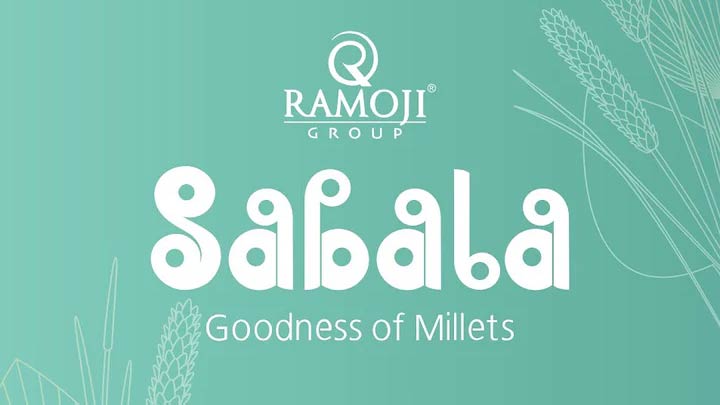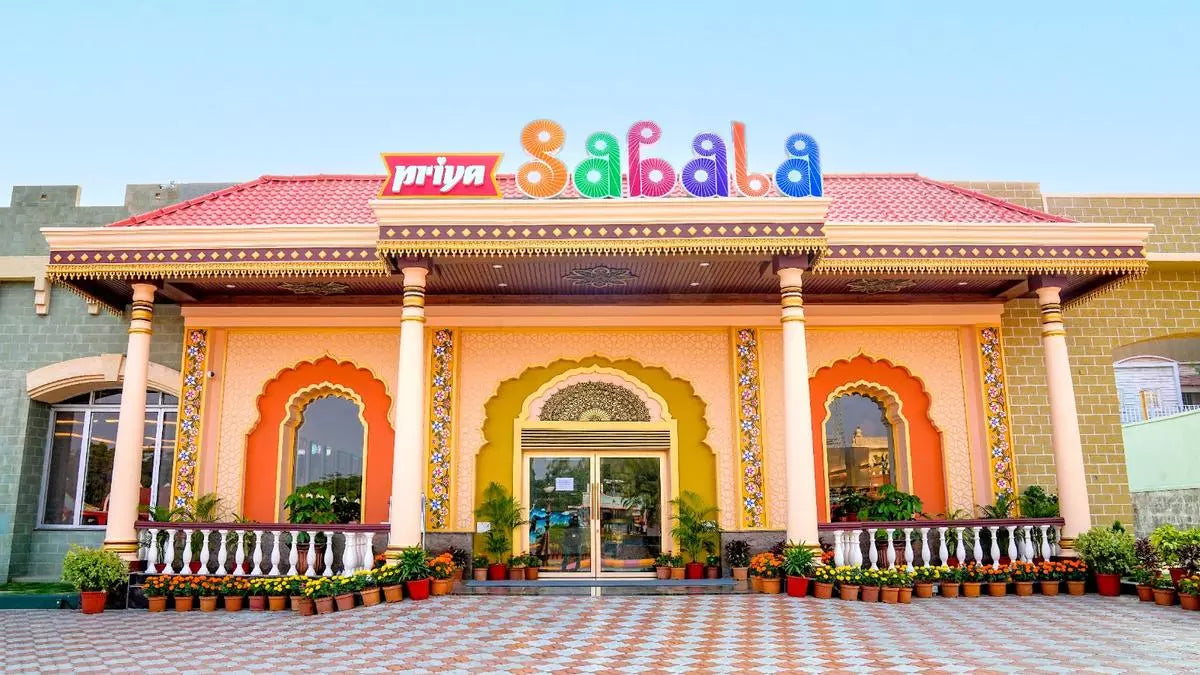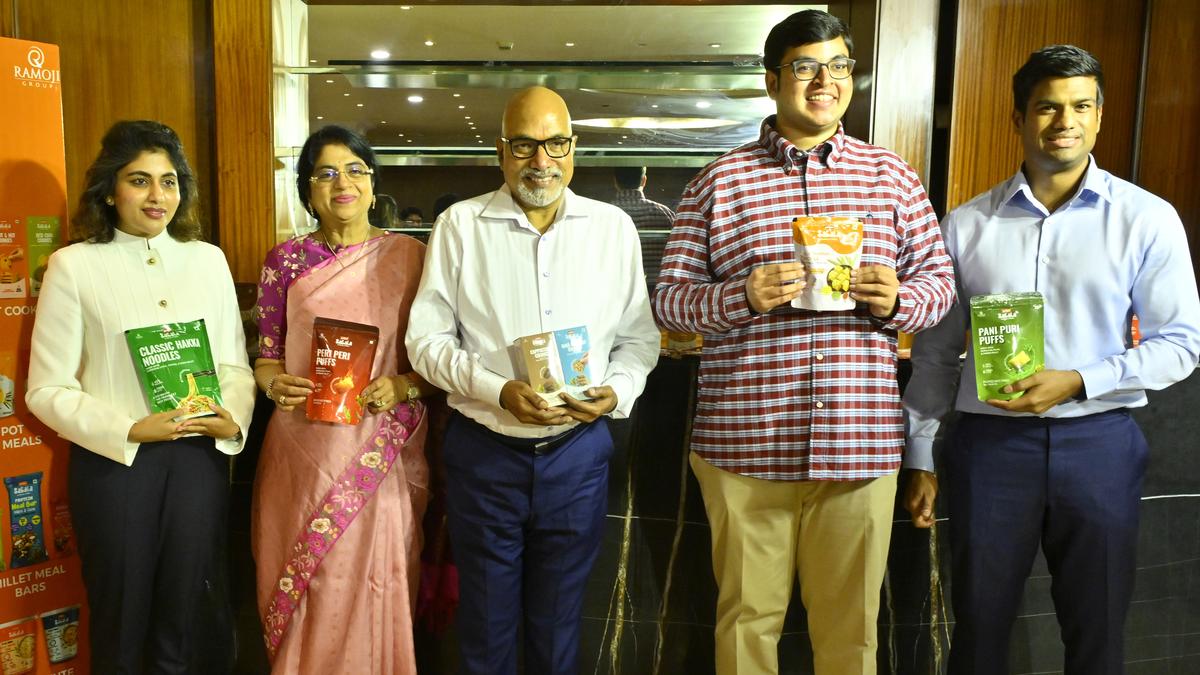Indians have primarily been relying on rice and wheat, which are the staple foods across the peninsula. However, overdependence on these traditional Indian meals is also associated with numerous health issues. For instance, white rice is considered to be a “bad” carb as the vital nutrients are lost when the bran and germ are removed from brown rice grains through several processes like milling and polishing. That’s when Indians are shifting towards healthy meal options, such as millet, a healthy and versatile alternative.
There is an increasing awareness of the innumerable nutritional benefits of millet, which is why brands selling packaged food items are also developing more innovative, ready-to-eat millet-based items. Busy professionals are embracing these ready-to-eat millet foods to make themselves quick meals that have a high nutritional value as well. This article will discuss how ready-to-eat millet products are revolutionising Indian diets by replacing conventional meal options.
Comparing Ready-to-Eat Millet Foods with White Rice and Wheat-Based Foods
Millets are healthy and nutritious compared to white rice or wheat-based chapatis. For example, white rice is associated with a high glycaemic index since it is a refined carbohydrate since the bran and germ are removed. Rice bran includes fibre and essential minerals that promote digestive health, regulate blood sugar levels, minimise the risk of heart disease, and prevent certain types of cancer.
However, after the bran is removed, the starchy material is left behind, which is processed to speed up the rice cooking process, thus washing off the essential nutrients. Many white rice brands add B vitamins and iron to increase their nutritional value. However, brown rice still retains more nutrients than white rice.
Like white rice, wheat, too, has been linked with negative health impacts for many due to its gluten content, high glycaemic index, etc. On the other hand, gluten present in wheat-based foods can cause digestive problems and may even trigger autoimmune responses amongst individuals with gluten sensitivities or celiac disease. Both wheat and white rice have been proven to be detrimental for diabetic patients, as their high glycaemic index may lead to sudden blood sugar spikes.
5 Ways Ready-to-Eat Millet Foods Are Transforming Indian Diets
Today's working professionals favour ready-to-eat (RTE) millet foods for their convenience, time-saving nature, reduced food waste, and portion size control. Let's look at how ready-to-eat millet foods are finding their way into mainstream Indian diets.
-
Increased Availability, Versatility, and Variety
Earlier, millets were considered the “poor man’s food” and were only available in local markets. However, today, millet-based meals and snacks are readily available in supermarkets, convenience stores, online stores, and even high-end restaurants. That explains that people have realised their high nutritional value and health benefits, making more individuals include millet-based foods in their daily diets.
Furthermore, ready-to-eat millet products come in a wide range of packaged meals and snacks, including breakfast cereals, khichdi, pongal, upma, dosa, noodles, and more. While these are taking center stage amongst Indian dietary choices, five-star restaurant chefs are also incorporating millets into multiple traditional and contemporary recipes, ranging from salads and pasta to iconic desi meals, such as khichdi. It proves the versatility of ready-to-eat millet foods.
-
High Nutritional Profile
Millets have a high nutritional value as these grains are loaded with essential nutrients like fibre, protein, vitamins, minerals, and several micronutrients, such as magnesium, iron, and phosphorus. These offer exceptional health benefits, like promoting heart health, regulating blood sugar levels, improving digestive function, and minimising cholesterol levels in the blood. Furthermore, millet-based foods are gluten-free and high in antioxidants, which help with weight management and protect cells from free radical damage.
The high fibre content in these ancient grains supports gut health and aids in weight loss by promoting satiety and reducing cravings. It also comes with a low glycaemic index, which makes ready-to-eat millet foods ideal options for diabetics as well as non-diabetic individuals who want to improve their optimal well-being by maintaining healthy blood sugar levels.
What’s more, millets are an excellent choice for people suffering from micronutrient deficiencies. Many organisations are conducting nutritional programmes to encourage the consumption of biofortified millets and to address issues like nutritional deficiencies.
-
Noble Initiatives of the Government
After the United Nations declared 2023 the International Year of Millets, there has been an increased awareness of these small-seeded grains. The Indian government has also been actively encouraging the production of millet through several campaigns and initiatives, while promoting its consumption amongst both young and senior citizens. Such initiatives are opening more jobs and business opportunities for entrepreneurs and SMEs. It shows how global governments have been working to increase the value of millets through product development.
-
Embracing Healthier Diets
In recent years, we have witnessed a miraculous shift in mindsets, with people of all ages willing to adopt a healthy lifestyle. They are adopting healthier meals and snacks to achieve a more balanced and nutritious diet, thanks to the high nutritional value of millets. With such shifting dietary mindsets, people are going beyond conventional Indian cuisines and embracing healthier alternatives, including millet. Millets are adaptable and come in a variety of flavours and ready-to-eat meal alternatives.
-
Promoting Sustainability Across Food Systems
Millets are climate-resistant crops, meaning they survive any harsh environmental conditions. They also require fewer resources, like water, for optimal growth, compared to other grains. Besides, encouraging the consumption of millet meals and snacks can contribute to the growth and development of more sustainable agricultural practises. As a result, it can reduce the environmental footprint that conventional food production approaches are often associated with (such as overutilisation of pesticides and fertilisers, excessive tillage, monoculture farming, etc.).
Sabala’s Ready-to-Eat Products: Offering A Perfect Blend of Health and Taste!
Sabala offers a range of ready-to-eat millet products that are a saviour for busy professionals. We offer a variety of flavourful Khichdi, Pongal, Bhath, Risotto, and Upma. The following are our top picks based on consumer reviews and popularity.
-
Bengali Bhoger Khichdi
-
Gujarati Vaghareli Khichdi
-
Rajasthani Moong Khichdi
-
Multi Millet Masala Khichdi
-
Multi Millet Moong Khichdi
-
Karnataka Bisibele Bhath
-
Multi Millet Bisibele Bhath
-
Tamilnadu Pongal
-
Tamilnadu Sakkarai Pongal
-
Multi Millet Pongal
-
Multi Millet Chakkara Pongal
-
Multi Millet Choco Nut Meal
-
Multi Millet Kesar Badam Meal
-
Multi Millet Italian Creamy Risotto
-
Multi Millet Sambar Meal
-
Multi Millet Upma
All our ready-to-eat millet meals are quick and easy to cook, so you can make yourself an instant meal on the go.
Final Words
Ready-to-eat millet meals are convenient meal choices for people with hectic schedules. It is also beneficial for diabetics and people suffering from nutritional deficiencies as a result of irregular meals. So, if you value fitness and overall well-being, try these gluten-free alternatives and feel the difference within weeks.





